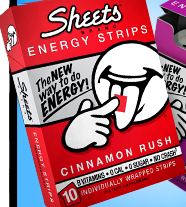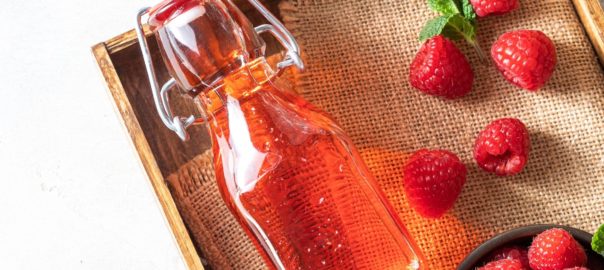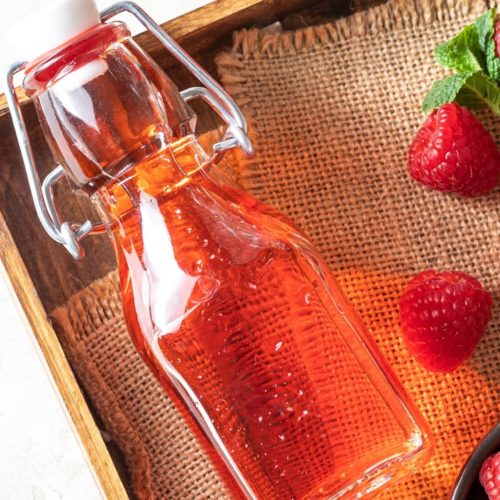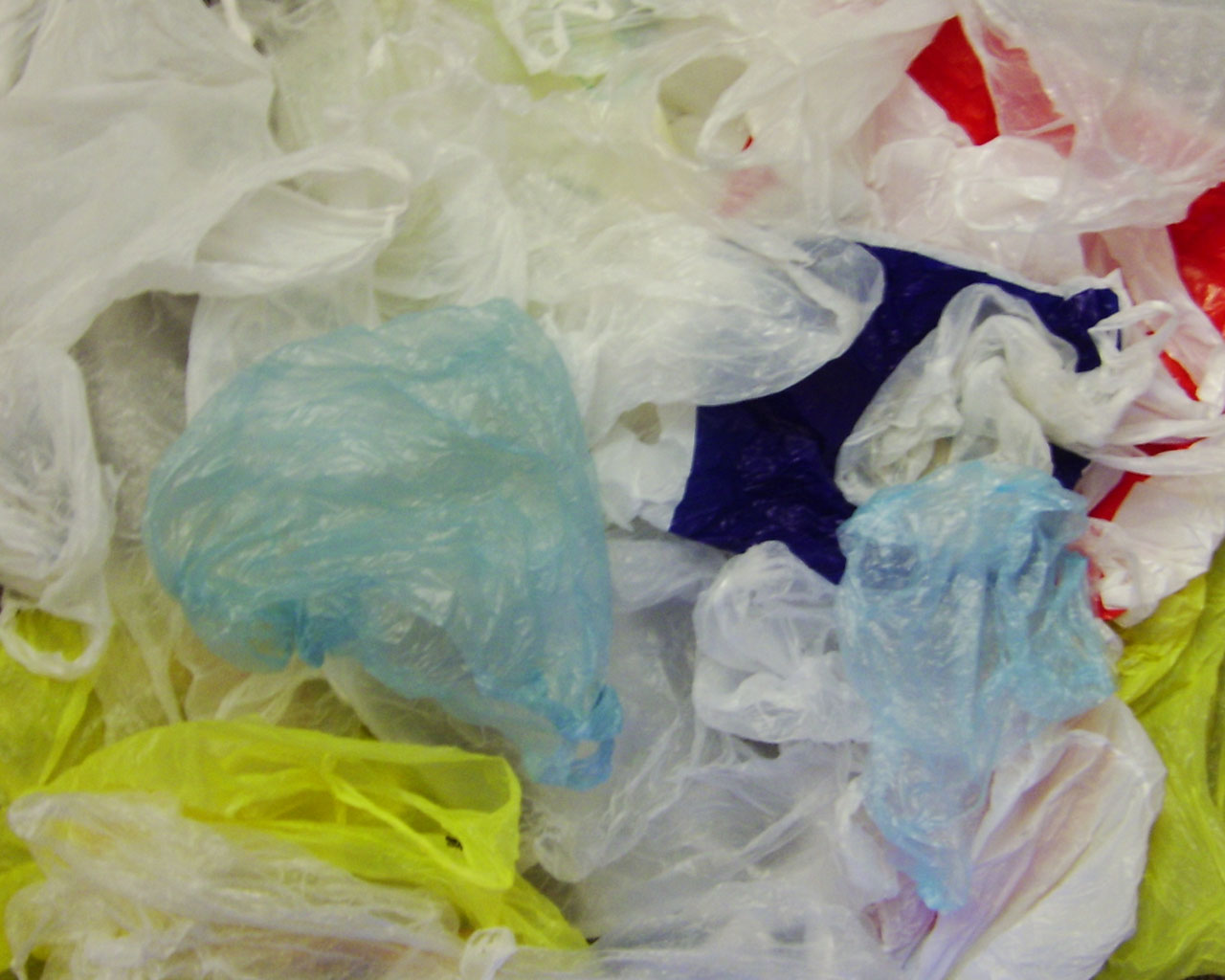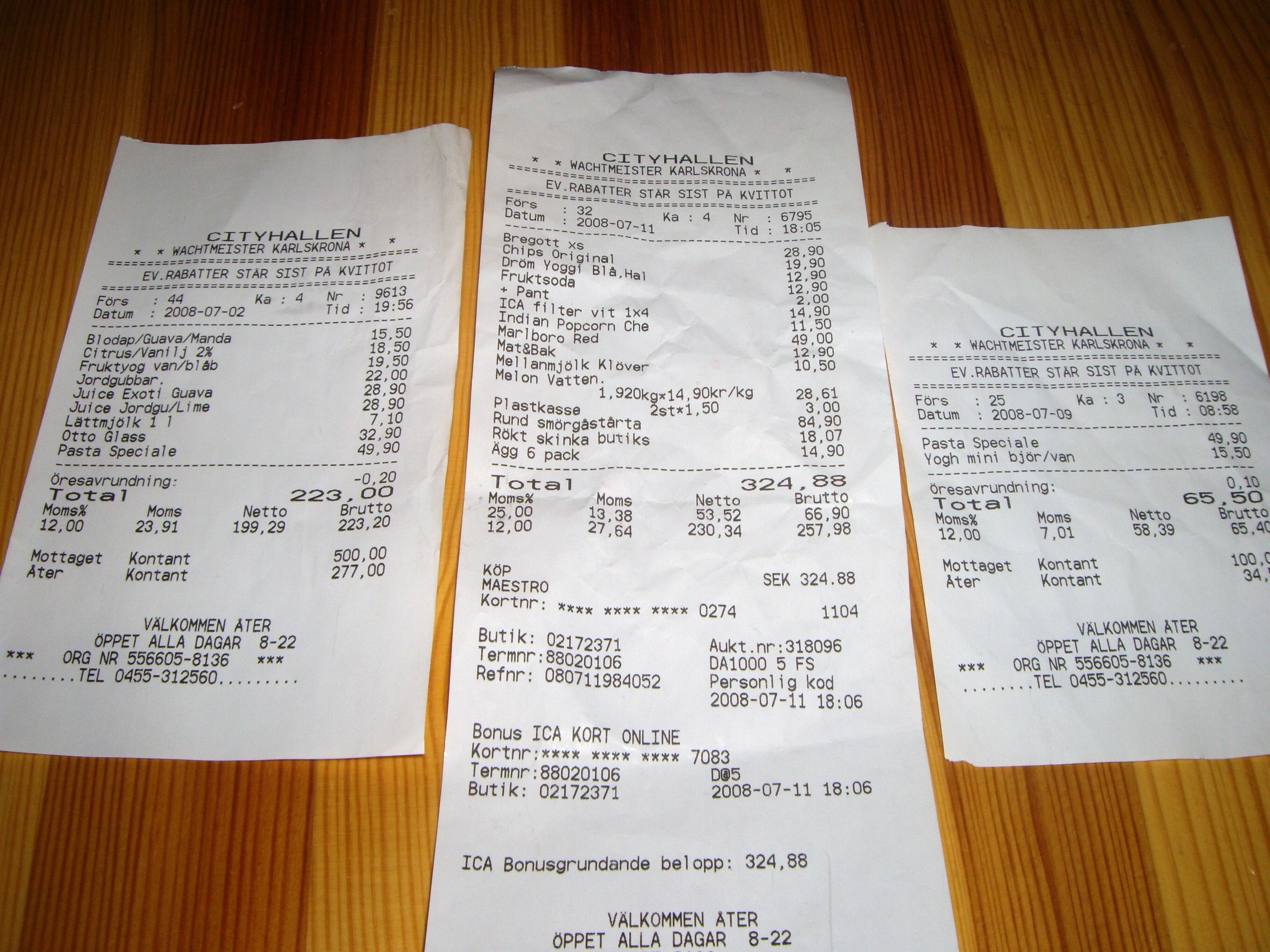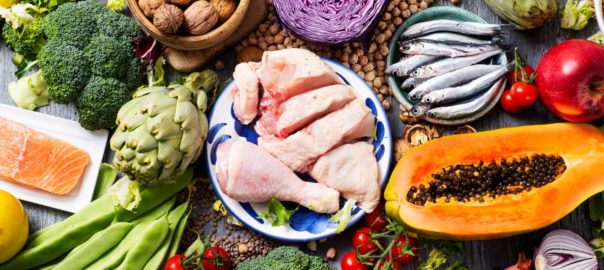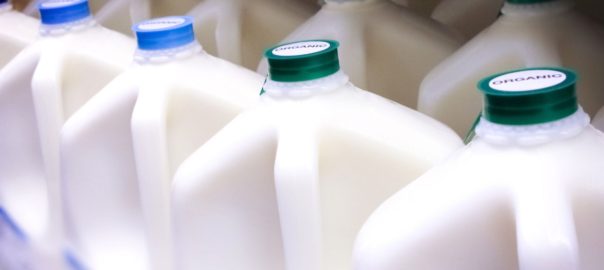Yesterday I attended the Holistic Moms Network twitter party. It was great fun; I learned a lot about a wide variety of eco-friendly ideas and shared in some great conversations.
 |
| tree | photo: dieraecherin |
The topic of the party was people talking about different ways to cut down on how much paper we use. According to PeopleTowels, “Each person in the US uses about 335kg of paper each year–that's 7 times the world average, even twice the average for industrial countries.” That's a lot of trees! And don't those trees look better as trees rather than a methane-producing, decomposing mass in the landfill?
This discussion got me thinking about the holistic lifestyle many of us are trying to lead. We bring our own drink containers (stainless steel, BPA free plastic, or glass) instead of taking styrofoam or paper cups from vendors. We bring shopping bags to the grocery store instead of using paper or plastic. Many of us are looking for ways to reduce our environmental impact.
 |
| Canteen | photo: Broken Sphere |
I confess that I am a work-in-progress in this area. I think my success rate with the grocery bag issue is about 80%. I even now bring shopping bags into other stores, not just the grocery store. The challenge is getting them back into the car if I've been using a lot of them. We do have a water bottle and BPA free hot cup for each member of the household and they do get used frequently. We've shifted to dishtowels instead of paper towels. All of the eco-friendly ideas that many people are starting to adopt. But there's always more that can be done.
I felt energized by the discussions going on and came across a number of new-to-me products and companies that I wanted to share. These are products which will help me continue to reduce my environmental impact; something I consider to be an important part of the balance to a holistic life.
 |
| PeopleTowel
|
PeopleTowels – This company sells reusable small towels that are a great size to take with you on the road, to the office, when you travel. I confess the nerd side of my nature fell in love when I discovered that they had a special towel for Towel Day.* One of the great things about their towels is that although they have lots of really cute ideas and great towels they also have an option where you can design your own. So if you want to create a theme set of towels, put pictures on a towel, put one of your kids art projects on it, you can. And these towels will last for years. I've already ordered a set of five plus a Towel Day towel and can't wait for them to arrive.
Another topic that came up was the idea of straws. To be honest we don't use a lot of straws in our house but when we do they are always plastic. Until now. It turns out that you can get either glass straws or stainless steel ones. The glass straws are available from a company called Strawsome. They have all different sizes, bubble tea, regular, smoothie, plus colors, plus you can get them personalized. Another option for reusable straws that I like a lot is these stainless steel straws. This is something that I could easily carry in my bag to use when I am out. One challenge that I see is what do you do with a used straw if you use it at a restaurant. But I like the concept a lot and love the thought of not wasting plastic.
As part of the eating out section of the conversation I was re-introduced to the concept of bringing your own takeout container to restaurants. There are two reasons I like this idea and why I plan to start implementing it. One is that most restaurants use styrofoam and I have a strong aversion to it. It hangs around in the landfill forever and if you put hot food into it you are then absorbing some of the plastics that are released due to the heat of the food. Bringing your own takeout containers is such an eco-friendly idea. You can reduce waste, still have your takeout (I often wind up with lunch for the next day as most restaurant portions are far too large for one person), and have containers that you feel good about using. I've decided to go through my BPA free containers and see which ones are going to be designated for takeout. And I'm going to work on the habit of bringing them with me.
Another part of the conversation was about using cloth napkins which in turn opened up a discussion about cloth sandwich bags. We do use cloth napkins in our house. Not 100% of the time, when I have a party I confess I buy paper because I just don't have that many cloth napkins. But on a daily basis it's cloth and we have a good size, mis-matched collection. When talking about the idea of reusable sandwich bags I came across only one resource for food-safe plastic fabric. If you decide to make your own reusable sandwich bags please do not use PUL or oilcloth, neither of those is acceptable for food contact. This discussion lead me to realize that I think I want to set aside some time to make a few reusable sandwich bags and while I'm at it whip up one or two sets of napkins that actually all match.
I encourage my health clients that we are working one step at a time. It's important to remember this when you are moving toward a more eco-friendly life as well. If you try to change everything at once it's too much. You are trying to remember and be consistent about too many things. You are not learning and setting those new habits. When I first started with shopping bags my success rate was about 10%. I wouldn't remember to bring them in to the store or I wouldn't have enough reusable bags. While I still forget from time to time to get them back into the car I do use them the vast majority of the time. I've also gotten very good about telling cashiers that I do not need a bag if I am only purchasing a few products and can easily carry them when I've forgotten my bags. That was my first big eco-friendly step. Little by little I added others. You can do the same. Pick one thing that is important to you. Practice and develop that habit. When you are comfortable that you are utilizing it the majority of the time, move on to another one. Slow and steady is the way to make effective, long-lasting, positive change.
What do you do in your home to be more mindful of the environment? I'd love to hear ideas and resources. Leave a comment below and share your thoughts.
*Towel Day is May 25th. It is celebrated by fans of The Hitchhiker's Guide to the Galaxy written by Douglas Adams. Rule #1 is “Don't forget to bring your towel.”
written by Douglas Adams. Rule #1 is “Don't forget to bring your towel.”

